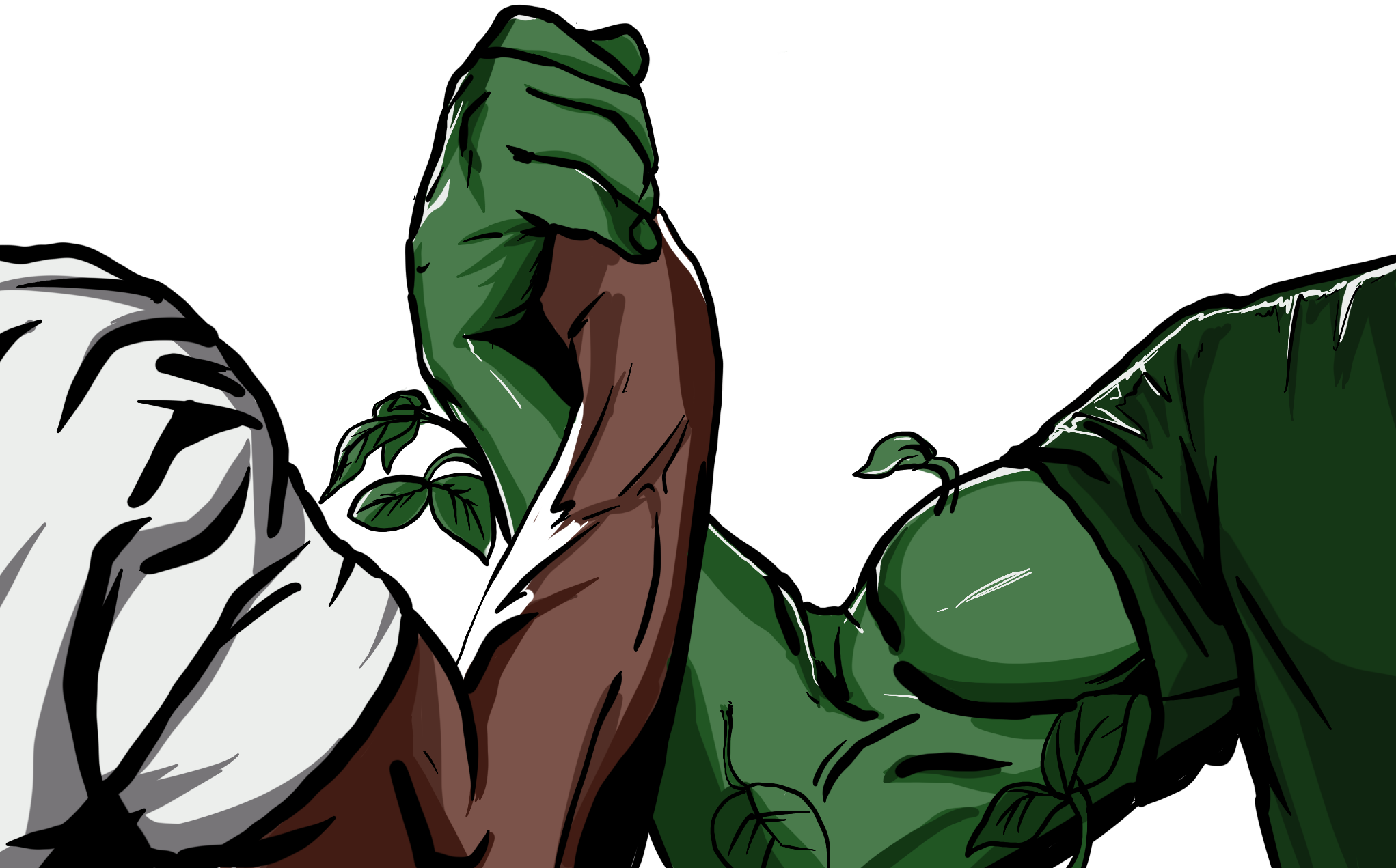Opinion: Volunteering in nature reconnects us to our roots
Natural greenery lovingly surrounds us here in western Washington — Mt. Rainier’s looming and ever present “kingship” ensures the great outdoors is hardly ever forgotten or ignored. Despite our awareness of cascading trees and abundant wildlife, our interconnectedness to the environment is drastically compromised.
Whether this is due to technological distraction or disinterest in outdoor ventures, it is clear our interests have peaked elsewhere — so how can we catalyze environmental consciousness?
One possible solution is individual and community participation in environmental volunteer efforts. Active work alongside nature — such as tree planting or habitat restoration — will inspire individuals to reconnect with their roots.
There is an endless supply of volunteer opportunities in surrounding community organizations — such as Pierce Conservation District and King Conservation District. These districts hold community habitat and water quality assessment programs, as well as tree planting parties and agriculture participation events.
For instance, PCD is currently accepting volunteers — through an online application — for their Gleaning Project where individuals harvest in-season fruits and vegetables. Instead of food being wasted, it is harvested and donated to local food banks such as The Salvation Army. KCD also hosts native plant nursery events — twice per month — where volunteers participate in maintaining local plant life.
Paul Prociv, the Civic Engagement Specialist at the Center for Service and Leadership, encourages and supports students to participate in volunteer opportunities — such as BreakAway trips to the Nature Conservancy at Buford Park. According to Provic, this trip awakens environmental consciousness and allows students to recognize their relationship with the Earth.
“If we aren’t willing to be part of the solution by volunteering our small actions or mind toward this cause we will not effectively combat climate change,” said Provic.
Service trips, such as BreakAway, highlight our interconnectedness with nature and centers our minds towards sustainable living. This consciousness will inevitably awaken awareness of climate change effects in our community.
“Without the value of sustainability in our thoughts and actions as a way of life we will always catch ourselves repairing our relationship with nature instead of learning to live in it,” Provic warns.
Living alongside nature — working in the dirt, observing wildlife, examining its processes — will transition our society away from simply acknowledging its existence. The environment is more than a photo opportunity — it is a chance to learn and experience nature in a new way. These moments bring us one step closer to repairing our relationship with the great outdoors.
The degradation of the environment is clear, but not all hope is lost — banding together as a community and volunteering alongside nature will catalyze environmental consciousness. It is the answer to long term, sustainable practice and is a simple solution to the complicated climate change equation.


